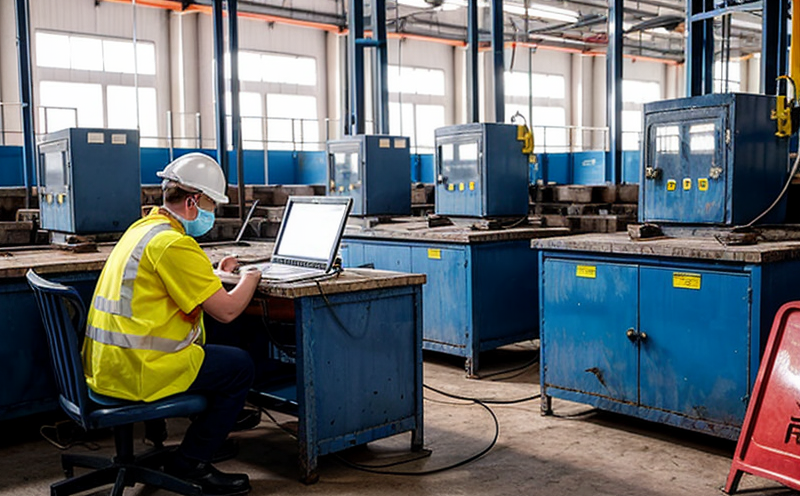ISO 9612 Noise Exposure Measurement Testing
The ISO 9612 standard is a cornerstone in occupational health and safety (OHS) testing within industrial manufacturing and processing environments. This service ensures compliance with international standards by measuring the noise exposure of workers who are exposed to continuous, impact, or impulsive noise during their work shifts.
Occupational noise exposure can have serious implications on employees' hearing and overall well-being. ISO 9612 provides a framework for accurately quantifying the noise levels in factories and assessing whether they exceed permissible limits as defined by the standard.
The testing process involves several critical steps, starting with the identification of all potential sources of noise within the factory environment. Once identified, the noise sources are categorized into continuous, impact, or impulsive types based on their nature of sound emission. This categorization is crucial for selecting appropriate measurement techniques and instrumentation that can accurately capture the characteristics of each type.
The next step in ISO 9612 compliance testing involves setting up a network of sound level meters strategically placed around the factory floor. These instruments are calibrated to international standards and are capable of measuring noise levels at various points throughout the working environment. The data collected from these devices is then used to calculate the A-weighted sound pressure levels (dBA) which are the primary metric for assessing noise exposure.
After collecting the raw data, it is analyzed using statistical methods to determine the average noise exposure over a worker’s shift or during their time in a particular area. This analysis takes into account the duration of exposure at each measured level and applies the appropriate weighting factors as specified by ISO 9612.
The final output of this testing process is a comprehensive report that details the noise levels encountered by workers, along with an evaluation against permissible limits set by the standard. The report serves as a critical tool for facility managers to assess compliance and implement necessary measures to reduce noise exposure, thereby protecting worker health and safety.
Applied Standards
| Standard Code | Description |
|---|---|
| ISO 9612-1 | Measurement of noise exposure in the workplace - Part 1: General principles and definitions. |
| ISO 9612-2 | Measurement of noise exposure in the workplace - Part 2: Measurement techniques for continuous, impact, or impulsive noise. |
| Test Parameters | Description |
|---|---|
| A-weighted sound pressure level (dBA) | The unit used to measure the intensity of sound in a manner that approximates the human ear's response. |
| Equivalent continuous noise level (Leq) | This parameter represents the time-averaged sound level over a given period, which is useful for assessing long-term exposure. |
Customer Impact and Satisfaction
The ISO 9612 Noise Exposure Measurement Testing service has been instrumental in enhancing the safety culture within industrial manufacturing facilities. By providing accurate and reliable noise exposure data, this testing ensures that compliance with international standards is met. This not only protects workers from potential hearing damage but also helps in maintaining a healthy work environment.
Customer satisfaction stems from our commitment to delivering high-quality service tailored to their specific needs. We offer flexible scheduling options, ensuring minimal disruption to daily operations while maintaining the integrity of the testing process. Our team of experts works closely with clients to understand their unique challenges and provide actionable insights derived directly from the test data.
A significant aspect of customer satisfaction lies in our ability to translate complex technical results into clear, understandable reports that are easy for non-experts to comprehend. This transparency fosters trust between us and our clients, encouraging ongoing collaboration towards improving occupational health and safety standards.
Environmental and Sustainability Contributions
- Emissions Reduction: By reducing noise levels in industrial environments through effective monitoring and mitigation strategies, we contribute to lower stress levels among workers, which can lead to improved productivity and reduced absenteeism due to health issues.
- Sustainable Workplaces: Compliance with ISO 9612 helps create safer workplaces by eliminating unnecessary risks associated with excessive noise. This contributes positively towards achieving sustainable goals set forth by organizations committed to responsible corporate citizenship.





